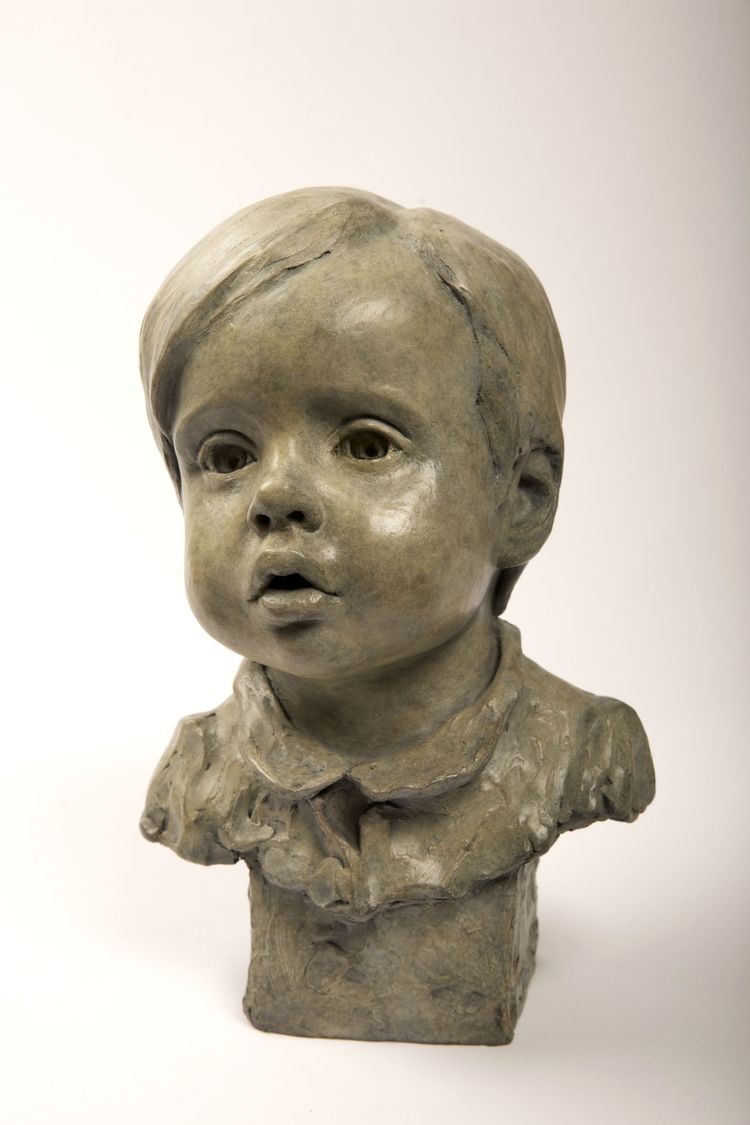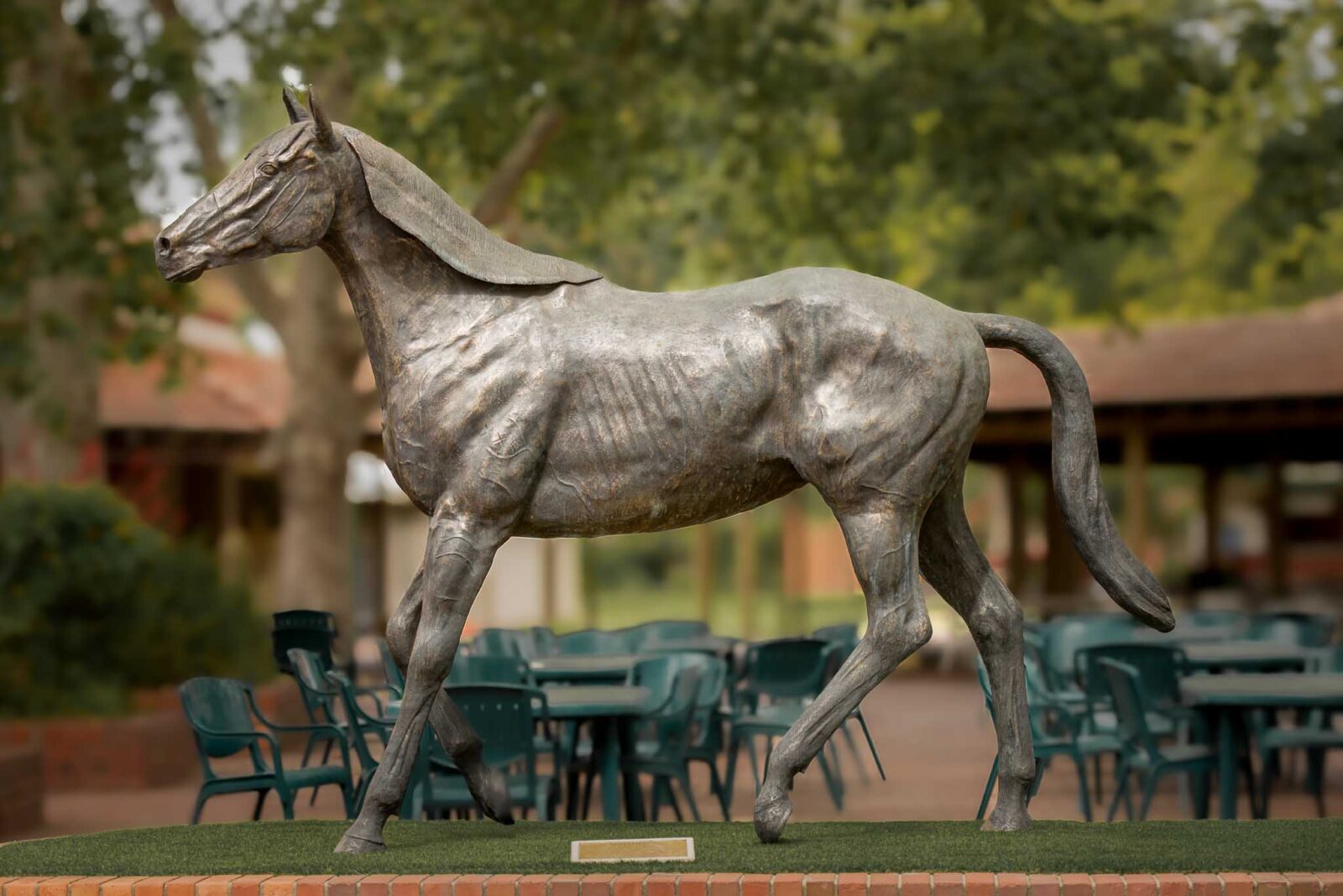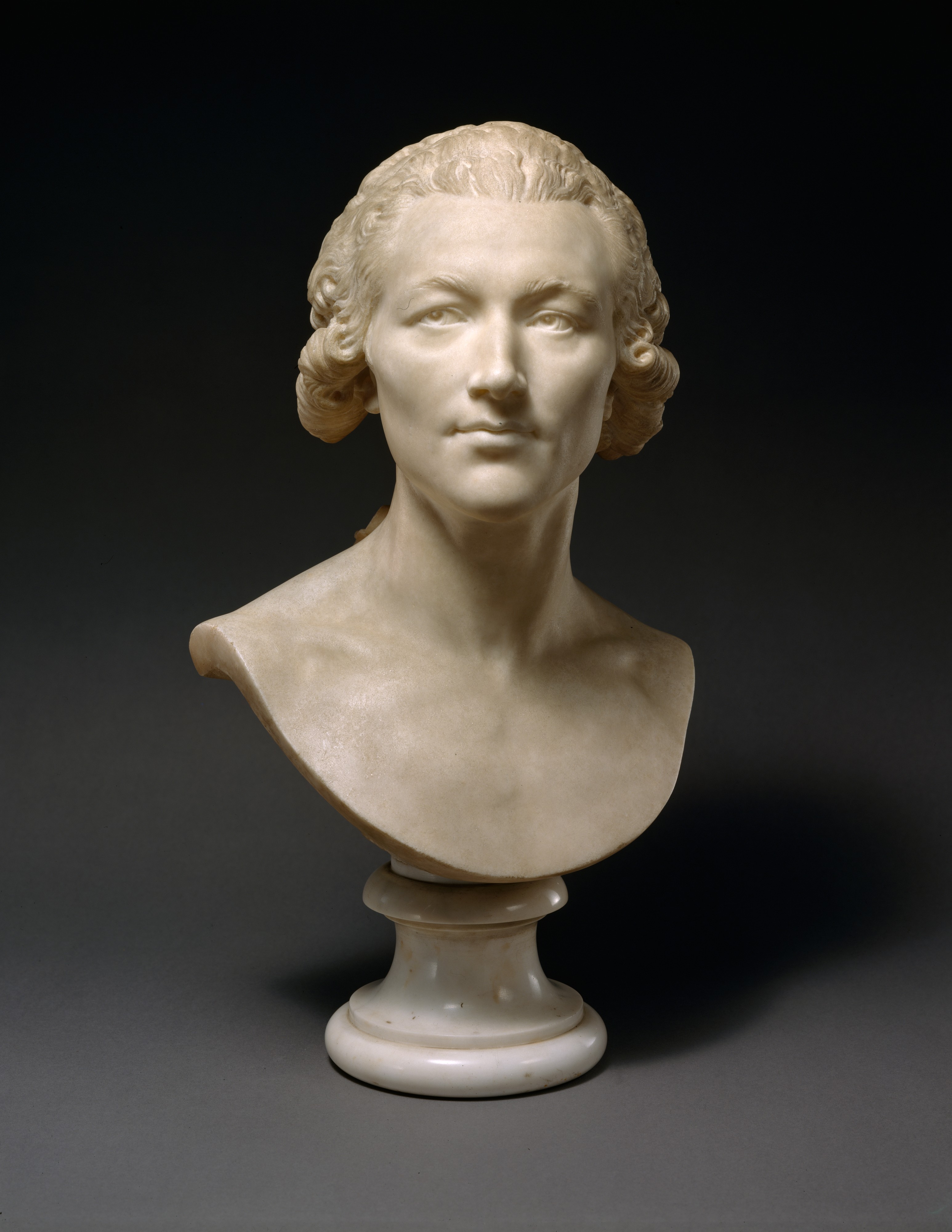The Influence of Nature in Sculpture Art
The impact of nature in sculpture art is a subject that has astounded musicians throughout history. Importance of natural aspects is an additional way in which nature affects sculpture, as musicians imbue their developments with the definition and associations integral in these elements - Robert C Hitchcock Sculptor. Eventually, sculpture art has the power to capture the transience of nature, cold a minute in time and permitting us to appreciate its charm in all time.
Organic Shapes and forms
Organic kinds and shapes, motivated by the harmonious frameworks and intricate patterns located in nature, play a crucial role in the realm of sculpture art. Artists have long been mesmerized by the elegance and intricacy of the all-natural world, finding inspiration in the elegant curves of a seashell, the delicate petals of a blossom, or the turning branches of a tree. By imitating and abstracting these natural types, artists have the ability to develop sculptures that stimulate a sense of harmony and balance.
Among the reasons natural kinds and shapes are so prevalent in sculpture art is their ability to connect with customers on a deep psychological degree. The environment knows to all of us, and when we see these kinds represented in art, it elicits a sense of comfort and recognition. It advises us of our location in the grand system of things and permits us to connect with something more than ourselves.
Moreover, organic forms and shapes in sculpture art typically embody a sense of motion and energy. The flowing lines and dynamic make-ups resemble the consistent activity and development located in nature. This creates a sense of vigor and brings sculptures to life, making them show up as if they might remain to transform and develop prior to our eyes.
Structure and Material Exploration
A considerable aspect of sculpture art influenced by nature is the exploration of appearance and materials via using various techniques and tools. Artists often attract inspiration from the diverse appearances discovered in the all-natural globe, such as the rough bark of a tree, the smooth surface area of a pebble, or the complex patterns on a fallen leave. By including these structures into their job, artists can produce a tactile experience for viewers, inviting them to engage with the artwork on a sensory degree.
Appearance can be accomplished in sculpture via a variety of approaches. Some musicians select to carve or shape directly into the picked material, creating a three-dimensional surface that resembles the structures located in nature. Others may utilize methods such as molding or casting to catch the information of natural appearances. Furthermore, musicians might experiment with different products, such as timber, clay, steel, or stone, each providing its very own one-of-a-kind texture and visual allure.
Material expedition is additionally a substantial part of sculpture art influenced by nature. They may integrate all-natural components like branches, leaves, or also dirt right into their sculptures, obscuring the borders in between art and the setting.
Significance of Natural Environments
The consolidation of natural environments in sculpture art includes a layer of symbolism and deepness to the art work. By using products discovered in nature, sculptors are able to imbue their creations with definition that resonates with customers on a profound degree. Natural components such as timber, rock, and plants have been utilized throughout background to share various symbolic messages.
Sculptures crafted from this product can evoke a sense of connection to the planet and the cycles of life. Sculptures carved from rock can represent the classic nature of specific ideas or ideas.
Plants and flowers are additionally often included into sculpture art, standing for styles of renewal, development, and charm. The fragile petals and dynamic colors of blossoms can evoke sensations of delight, while the intertwining branches of plants can represent interconnectedness and unity.
Along with these all-natural products, sculptors may additionally utilize natural environments such as wind, fire, or water to additionally boost the symbolic message of their artwork. These elements can represent the transformative power of nature, the flow of time, or the pressures that form our globe.

Representations of the Environment
Representations of the Environment can be seen in sculpture art with the incorporation of natural environments and the portrayal of eco-friendly themes. Carvers frequently draw ideas from the environment, making use of products such as wood, stone, or perhaps recycled products to create their art work. By utilizing these natural environments, they not just pay homage to the environment however additionally create a stronger connection between the artwork and its surroundings.
In addition to the products made use of, sculpture art also reflects the atmosphere with the portrayal of environmental styles. Several sculptors choose to find out this here portray animals, plants, or landscapes in their job, highlighting the appeal and delicacy of the environment. These sculptures act as tips of the significance of preserving our environment and the need for lasting practices.

Additionally, environmental sculptures typically aim to raise awareness about pressing ecological issues. They work as graphes of the effect of human activities on the environment, such as pollution, logging, or environment change. By showing these problems in their artwork, sculptors want to motivate customers to do something about it and become extra conscious of their very own environmental footprint.
Recording the Transience of Nature
Sculpture musicians further discover the influence of nature by masterfully catching the ephemeral and ever-changing facets of the all-natural world. Via their creativity, these musicians aim to depict the short lived beauty and transience of nature, stimulating a sense of marvel and consideration in visitors.
One method in which sculpture artists catch the transience of nature is by utilizing materials that are themselves based on degeneration and modification. Artists might choose to work with natural materials such as fallen leaves, blossoms, or wood, which normally deteriorate over time. This intentional choice highlights the impermanence of nature and advises us of the inescapable cycle of life and death.
Furthermore, sculpture musicians frequently utilize strategies that create a sense of activity and fluidity in their job. By including flowing lines and dynamic kinds, they share the ever-changing nature of the natural world. This can be seen in sculptures motivated by wind, water, or the development of plants, where the artist seeks to catch the significance of constant motion and improvement.
In addition, some musicians choose to create site-specific or short-lived installations that communicate with the atmosphere. These ephemeral sculptures, made from products such as sand, light, or ice, are purposefully designed to gradually go away or alter gradually. By welcoming the short-term nature of their productions, musicians welcome viewers to reflect on the fleeting beauty of the environment and the brevity of human presence.

Final Thought
In verdict, nature has an extensive influence on sculpture art. Through making use of organic kinds and forms, artists are able to evoke a sense of natural appeal and consistency. Appearance and product exploration better enhance the connection to nature, as artists typically integrate all-natural products right into their sculptures. Significance of all-natural components adds depth and indicating to the artwork, while reflections of the atmosphere capture the essence of nature. Ultimately, sculpture art catches the transience of nature and celebrates its long lasting effect.
Significance of all-natural elements is one more way in which nature influences sculpture, as musicians imbue their creations with the significance and organizations inherent in these aspects.A substantial aspect of sculpture art influenced by nature is the expedition of texture and materials with the usage of numerous techniques and mediums (Equine Sculptures).Material exploration is likewise a significant part of sculpture art influenced by nature.One means in which sculpture musicians capture the transience of nature is by using materials that are themselves subject to degeneration and change. Texture and product expedition even more enhance the connection to nature, as artists commonly integrate all-natural products right into their sculptures